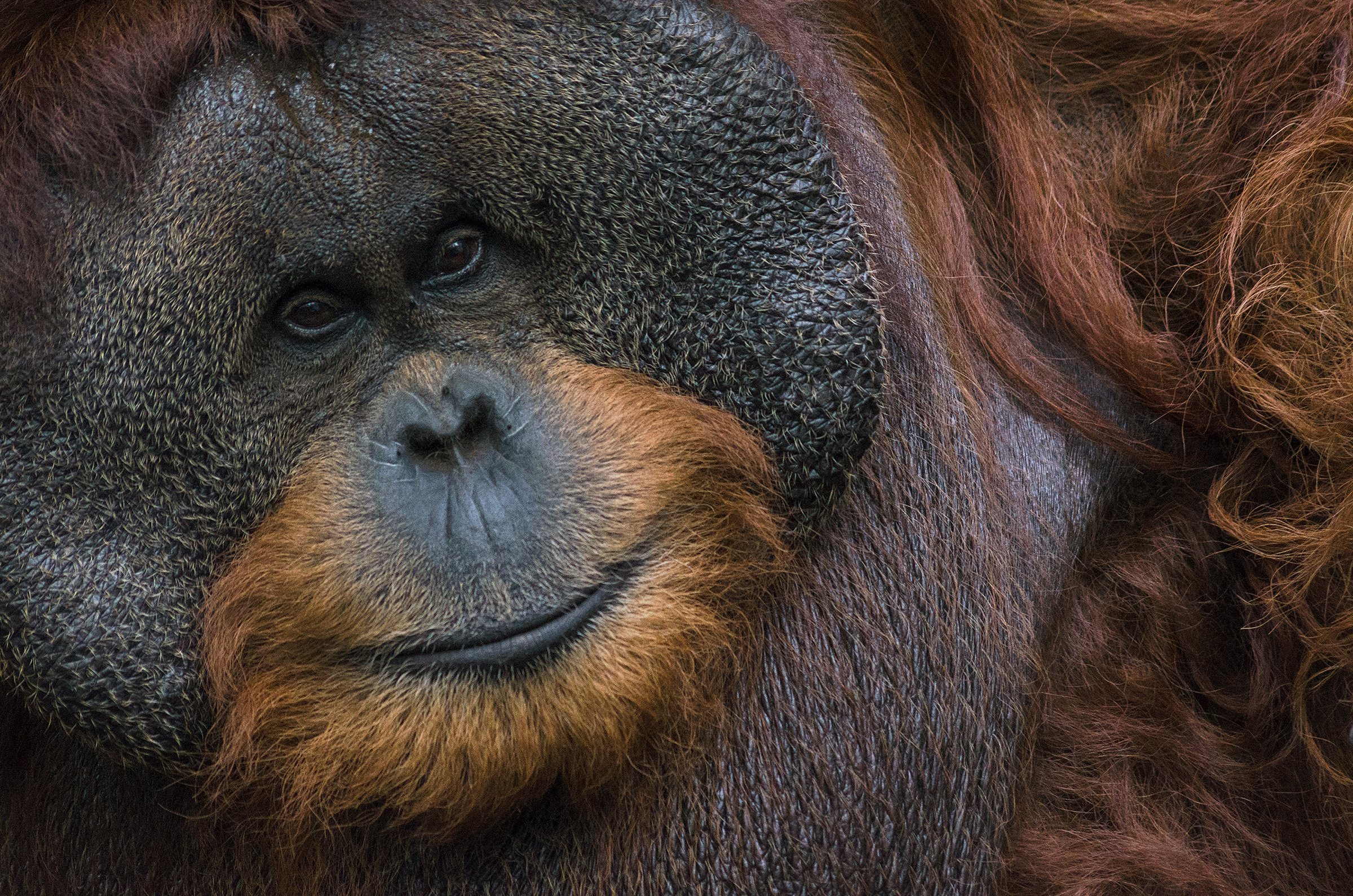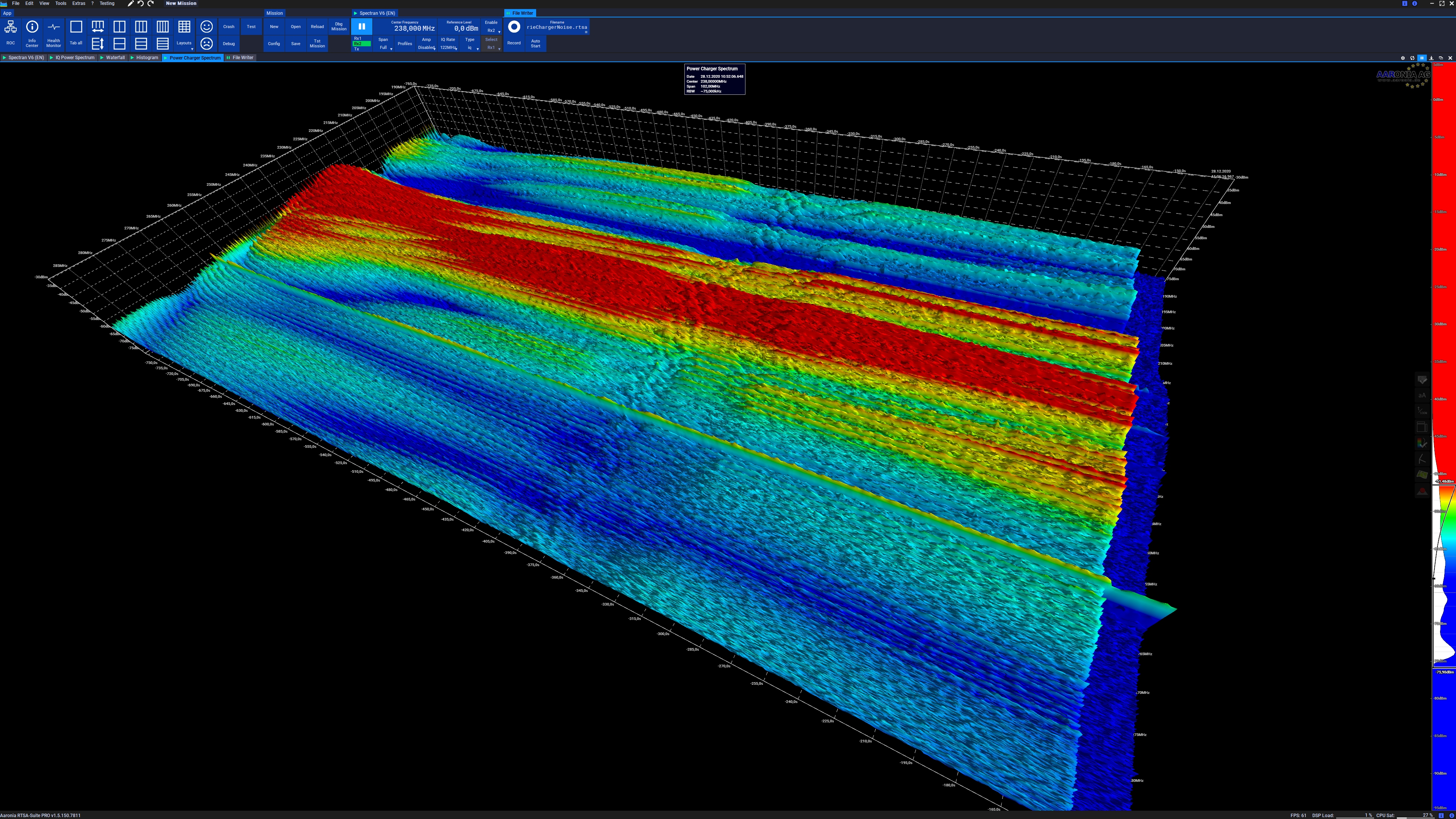|
Laughter In Animals
Laughter in animals other than humans describes animal behavior which resembles human laughter. Several non-human species demonstrate vocalizations that sound similar to human laughter. A significant proportion of these species are mammals, which suggests that the neurological functions occurred early in the process of mammalian evolution. Laughter as communication is found in over 60 species. Apes Chimpanzees, gorillas and orangutans show laughter-like vocalizations in response to physical contact such as wrestling, play chasing or tickling. This behavior is documented in both wild and captive chimpanzees. Chimpanzee laughter is not readily recognizable to humans as such, because it is generated by alternating inhalations and exhalations that sound more like breathing and panting. It sounds similar to screeching. The differences between chimpanzee and human laughter may be the result of adaptations that have evolved to enable human speech. One study analyzed sounds made by ... [...More Info...] [...Related Items...] OR: [Wikipedia] [Google] [Baidu] |
Pongo Pygmaeus (orangutang)
The Bornean orangutan (''Pongo pygmaeus'') is a species of orangutan endemic to the island of Borneo. Together with the Sumatran orangutan (''Pongo abelii'') and Tapanuli orangutan (''Pongo tapanuliensis''), it belongs to the only genus of great apes native to Asia. Like the other great apes, orangutans are highly intelligent, displaying tool use and distinct cultural patterns in the wild. Orangutans share approximately 97% of their DNA with humans. Also called mias by the local population, the Bornean orangutan is a critically endangered species, with deforestation, palm oil plantations, and hunting posing a serious threat to its continued existence. Taxonomy The Bornean orangutan and the Sumatran orangutan diverged about 400,000 years ago, with a continued low level of gene flow between them since then. The two orangutan species were considered merely subspecies until 1996; they were elevated to species following sequencing of their mitochondrial DNA. The Bornean orangutan ha ... [...More Info...] [...Related Items...] OR: [Wikipedia] [Google] [Baidu] |
Ultrasound
Ultrasound is sound waves with frequencies higher than the upper audible limit of human hearing. Ultrasound is not different from "normal" (audible) sound in its physical properties, except that humans cannot hear it. This limit varies from person to person and is approximately 20 kilohertz (20,000 hertz) in healthy young adults. Ultrasound devices operate with frequencies from 20 kHz up to several gigahertz. Ultrasound is used in many different fields. Ultrasonic devices are used to detect objects and measure distances. Ultrasound imaging or sonography is often used in medicine. In the nondestructive testing of products and structures, ultrasound is used to detect invisible flaws. Industrially, ultrasound is used for cleaning, mixing, and accelerating chemical processes. Animals such as bats and porpoises use ultrasound for locating prey and obstacles. History Acoustics, the science of sound, starts as far back as Pythagoras in the 6th century BC, who wrote on ... [...More Info...] [...Related Items...] OR: [Wikipedia] [Google] [Baidu] |
Ethology
Ethology is the scientific study of animal behaviour, usually with a focus on behaviour under natural conditions, and viewing behaviour as an evolutionarily adaptive trait. Behaviourism as a term also describes the scientific and objective study of animal behaviour, usually referring to measured responses to stimuli or to trained behavioural responses in a laboratory context, without a particular emphasis on evolutionary adaptivity. Throughout history, different naturalists have studied aspects of animal behaviour. Ethology has its scientific roots in the work of Charles Darwin and of American and German ornithologists of the late 19th and early 20th century, including Charles O. Whitman, Oskar Heinroth, and Wallace Craig. The modern discipline of ethology is generally considered to have begun during the 1930s with the work of Dutch biologist Nikolaas Tinbergen and Austrian biologists Konrad Lorenz and Karl von Frisch, the three recipients of the 1973 Nobel Prize in Physi ... [...More Info...] [...Related Items...] OR: [Wikipedia] [Google] [Baidu] |
TheGuardian
''The Guardian'' is a British daily newspaper. It was founded in 1821 as ''The Manchester Guardian'', and changed its name in 1959. Along with its sister papers ''The Observer'' and ''The Guardian Weekly'', ''The Guardian'' is part of the Guardian Media Group, owned by the Scott Trust Limited, Scott Trust. The trust was created in 1936 to "secure the financial and editorial independence of ''The Guardian'' in perpetuity and to safeguard the journalistic freedom and liberal values of ''The Guardian'' free from commercial or political interference". The trust was converted into a limited company in 2008, with a constitution written so as to maintain for ''The Guardian'' the same protections as were built into the structure of the Scott Trust by its creators. Profits are reinvested in journalism rather than distributed to owners or shareholders. It is considered a newspaper of record in the UK. The editor-in-chief Katharine Viner succeeded Alan Rusbridger in 2015. Since 2018, th ... [...More Info...] [...Related Items...] OR: [Wikipedia] [Google] [Baidu] |
Sonograph
A spectrogram is a visual representation of the spectrum of frequencies of a signal as it varies with time. When applied to an audio signal, spectrograms are sometimes called sonographs, voiceprints, or voicegrams. When the data are represented in a 3D plot they may be called ''waterfall displays''. Spectrograms are used extensively in the fields of music, linguistics, sonar, radar, speech processing, seismology, and others. Spectrograms of audio can be used to identify spoken words phonetically, and to analyse the various calls of animals. A spectrogram can be generated by an optical spectrometer, a bank of band-pass filters, by Fourier transform or by a wavelet transform (in which case it is also known as a scaleogram or scalogram). A spectrogram is usually depicted as a heat map, i.e., as an image with the intensity shown by varying the colour or brightness. Format A common format is a graph with two geometric dimensions: one axis represents time, and the other axis r ... [...More Info...] [...Related Items...] OR: [Wikipedia] [Google] [Baidu] |
Opioid
Opioids are substances that act on opioid receptors to produce morphine-like effects. Medically they are primarily used for pain relief, including anesthesia. Other medical uses include suppression of diarrhea, replacement therapy for opioid use disorder, reversing opioid overdose, and suppressing cough. Extremely potent opioids such as carfentanil are approved only for veterinary use. Opioids are also frequently used non-medically for their euphoric effects or to prevent withdrawal. Opioids can cause death and have been used for executions in the United States. Side effects of opioids may include itchiness, sedation, nausea, respiratory depression, constipation, and euphoria. Long-term use can cause tolerance, meaning that increased doses are required to achieve the same effect, and physical dependence, meaning that abruptly discontinuing the drug leads to unpleasant withdrawal symptoms. The euphoria attracts recreational use, and frequent, escalating recreational ... [...More Info...] [...Related Items...] OR: [Wikipedia] [Google] [Baidu] |
Naloxone
Naloxone, sold under the brand names Narcan (4 mg) and Kloxxado (8 mg) among others, is a medication used to reverse or reduce the effects of opioids. It is commonly used to counter decreased breathing in opioid overdose. Effects begin within two minutes when given intravenously, and within five minutes when injected into a muscle. The medicine can also be administered by spraying it into a person's nose. Naloxone commonly blocks the effects of opioids for 30 to 90 minutes. Multiple doses may be required, as the duration of action of some opioids is greater than that of naloxone. Administration to opioid-dependent individuals may cause symptoms of opioid withdrawal, including restlessness, agitation, nausea, vomiting, a fast heart rate, and sweating. To prevent this, small doses every few minutes can be given until the desired effect is reached. In those with previous heart disease or taking medications that negatively affect the heart, further heart problems have occu ... [...More Info...] [...Related Items...] OR: [Wikipedia] [Google] [Baidu] |
Cognitive Bias In Animals
Cognitive bias in animals is a pattern of deviation in judgment, whereby inferences about other animals and situations may be affected by irrelevant information or emotional states. It is sometimes said that animals create their own "subjective social reality" from their perception of the input. In humans, for example, an optimistic or pessimistic bias might affect one's answer to the question "Is the glass half empty or half full?" To explore cognitive bias, one might train an animal to expect that a positive event follows one stimulus and that a negative event follows another stimulus. For example, on many trials, if the animal presses lever A after a 20 Hz tone it gets a highly desired food, but a press on lever B after a 10 Hz tone yields bland food. The animal is then offered both levers after an intermediate test stimulus, e.g. a 15 Hz tone. The hypothesis is that the animal's "mood" will bias the choice of levers after the test stimulus; if positive, it will te ... [...More Info...] [...Related Items...] OR: [Wikipedia] [Google] [Baidu] |
Affect (psychology)
Affect, in psychology, refers to the underlying experience of feeling, emotion or mood. History The modern conception of affect developed in the 19th century with Wilhelm Wundt. The word comes from the German ''Gefühl'', meaning "feeling." A number of experiments have been conducted in the study of social and psychological affective preferences (i.e., what people like or dislike). Specific research has been done on preferences, attitudes, impression formation, and decision-making. This research contrasts findings with recognition memory (old-new judgments), allowing researchers to demonstrate reliable distinctions between the two. Affect-based judgments and cognitive processes have been examined with noted differences indicated, and some argue affect and cognition are under the control of separate and partially independent systems that can influence each other in a variety of ways ( Zajonc, 1980). Both affect and cognition may constitute independent sources of effects ... [...More Info...] [...Related Items...] OR: [Wikipedia] [Google] [Baidu] |
Jaak Panksepp
Jaak Panksepp (June 5, 1943 – April 18, 2017) was an Estonian-American neuroscientist and psychobiologist who coined the term " affective neuroscience", the name for the field that studies the neural mechanisms of emotion. He was the Baily Endowed Chair of Animal Well-Being Science for the Department of Veterinary and Comparative Anatomy, Pharmacology, and Physiology at Washington State University's College of Veterinary Medicine, and Emeritus Professor of the Department of Psychology at Bowling Green State University. He was known in the popular press for his research on laughter in non-human animals. Early life and education Panksepp was born in Estonia on June 5, 1943. His family escaped the ravages of post-WWII Soviet occupation by moving to the United States when he was very young. He studied initially at University of Pittsburgh in 1964, and then completed a Ph.D. at the University of Massachusetts. Research Panksepp conducted many experiments; in one with rats, he fo ... [...More Info...] [...Related Items...] OR: [Wikipedia] [Google] [Baidu] |
Rough And Tumble Play
Rough-and-tumble play, also called play fighting, is a form of play where participants compete with one another attempting to obtain certain advantages (such as biting or pushing the opponent onto the ground), but play in this way without the severity of genuine fighting (which rough-and-tumble play resembles). Rough-and-tumble play is one of the most common forms of play in both humans and non-human animals. It has been pointed out that despite its apparent aggressiveness, rough-and-tumble play is helpful for encouraging cooperative behavior and cultivation of social skills A social skill is any competence facilitating interaction and communication with others where social rules and relations are created, communicated, and changed in verbal and nonverbal ways. The process of learning these skills is called sociali .... For rough-and-tumble play to remain "play" (instead of spiraling into a real fight), there has to be cooperation (e.g., with participants agreeing to not actua ... [...More Info...] [...Related Items...] OR: [Wikipedia] [Google] [Baidu] |
Rattus Norvegicus 1
''Rattus'' is a genus of muroid rodents, all typically called rats. However, the term rat can also be applied to rodent species outside of this genus. Species and description The best-known ''Rattus'' species are the black rat (''R. rattus'') and the brown rat (''R. norvegicus''). The group is generally known as the Old World rats or true rats and originated in Asia. Rats are bigger than most Old World mice, which are their relatives, but seldom weigh over in the wild. Taxonomy of ''Rattus'' The genus ''Rattus'' is a member of the giant subfamily Murinae. Several other murine genera are sometimes considered part of ''Rattus'': '' Lenothrix'', ''Anonymomys'', ''Sundamys'', ''Kadarsanomys'', ''Diplothrix'', '' Margaretamys'', ''Lenomys'', '' Komodomys'', ''Palawanomys'', ''Bunomys'', ''Nesoromys'', ''Stenomys'', ''Taeromys'', '' Paruromys'', ''Abditomys'', '' Tryphomys'', '' Limnomys'', '' Tarsomys'', ''Bullimus'', ''Apomys'', ''Millardia'', ''Srilankamys'', ''Niviventer'', ''Ma ... [...More Info...] [...Related Items...] OR: [Wikipedia] [Google] [Baidu] |









